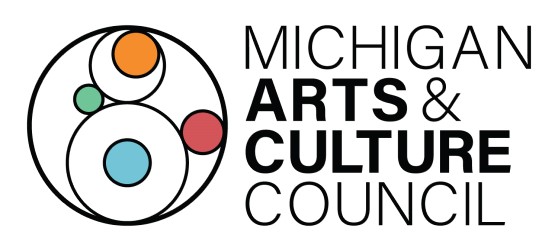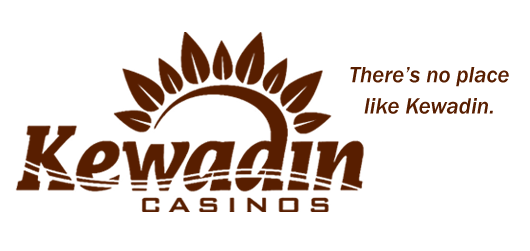
For more information on this manufacturer, see L. Ingham's thick book, "As the Snow Flies", Chapter 23. Why would I be interested in 50 year old snow contraptions? Well, as a kid from Gimli, Manitoba, on the shores of Lake Winnipeg, I would see these stodgy snow machines hauling in a convoy of sleighs with frozen pickerel (walleye) each afternoon during the winter fishing season. The fish came from gill nets set beneath the thick ice of Lake Winnipeg. In 2006, a friend and collector from Manitoba phoned with the news of finding an old machine that was neither an Autoboggan nor Bosak. "BINGO", I exclaimed, requesting that he broker the deal locally. This, it turned out, was not easy. The seller was an alcoholic and on several occasions his wife would come to the door reporting that he was too sick to visit. Finally in July 2007 the purchase transaction was made. However, back home I realized that my purchase was different than Internet pictures of two other Boggona motorized toboggans. What did I have? A Winnipeg telephone book included an Ove Skovgaard, referenced in Chapter 23 as the manufacturer. An old, weak voice answered and confirmed that he indeed had made the Boggona machines. That Christmas, I was able to visit and over coffee, Ove pulled out old 1959 black & white photos of his first build I had his prototype! Production Boggonas later produced by Ove's company, General Machine & Welding Ltd. came in three configurations: - SUPER (model C-2- S); These were 9' 10" long, with Wisconsin 9.2 hp engine and 1,000 sq. in. of track footprint. - SUPER (model C-2-M); Same as above with Apex transmission, including reverse. Few of these were made. - PONY (model C-2-P); These were 9' long, with Wisconsin 7 hp engine and 750 sq. in. of track footprint. - Also, Ove made up a few tow-behind trailers. They had metal skis and frame, but plywood and plank beds. No suspension. To my knowledge, there are four left. #1 is in Quebec, a C-2-S owned and restored by Pierre Pellerin. #2 is a C-2-M owned by Dan Klemm at his Snowmobile Barn Museum in New Jersey. (It was restored by John Livingston in Regina, Saskatchewan.) #3 is an unrestored smaller PONY C-2-P model near Beausejour Manitoba in the hands of a recluse, apparently never to see the light of day. #4 is the prototype pictured here. In truth, Ove and his family had not laid eyes on a Boggona in several decades. My goal was to restore the motorized toboggan while Ove was still healthy, to respect his work and to demonstrate a working example for his family. Fortunately, Allan Lee from Warroad Minnesota agreed to take on the restoration project, and in 2 months I was on the way to Winnipeg for this Skovgaard family event. One glorious Sunday morning last July, Ove, his children and grandchildren got to touch, hear and see the Boggona in action. What a powerful tribute to Ove and his vision. The 92 year old jumped on the trailer to explain how his design had improved on the other snow machines of the era. Specifically: - knuckle joint at mid-section - skis that turned in different arcs the outside ski turns more than the inside ski I laughed when Ove lamented that he should have boiled the oak track runners for better performance in soft snow. Here, 50 years after the fact, he was thinking of enhancements! I was honoured when that day in Winnipeg, the family handed over about 2 of documents left over from the venture. Included were engineering blueprints, concept sketches, sales literature, manuals, etc. In one folder there were numerous letters from lawyers and one letter on Polaris letterhead. In September 1962, Allan Hetteen wrote claiming patent infringement, referencing a 1960 Canadian patent # 639,475 by Edgar Hetteen. Allan alleged three areas of patent infringement: 1. Suspension and arrangement of front steering skis 2. Suspension and arrangement of rear drive assembly 3. Arrangement of front and rear sections, hinged in the middle Also in the file there were results of Ove's subsequent patent search six Canadian patent documents. Although Allan Hetteen's letter went on to suggest the possibility of a license or royalty arrangement, I have concluded that nothing came of it. By then Boggona manufacture was on the wane. Still, another file included draft drawings for a new, smaller HUNTER model than never got off the ground. You see, Armand Bombardier's small, agile, front engined, rubber tracked Ski Doo was revolutionizing the industry. Back on Lake Winnipeg, the 1965 season saw the commercial fishermen almost universally adopt the Evinrude Skeeter with its appealing 16" wide track, neutral clutch control, opposed twin cylinder 2-cycle engine, push-button primer, and recoil start. The Boggona and other rear engined behemoths were going the way of the dinosaurs a museum oddity for future generations. As for my 1959 Boggona, it will be shown and driven at antique events, but eventually needs a museum home. (Any suggestions on a suitable museum?) In regards to the treasure trove of drawings, literature and patents, I promised the Skovgaard family that the materials would be donated to a museum for safe-keeping and the enjoyment of others in our sport.








Top of the Lake Snowmobile Museum
P.O. Box 2
W11660 US-2
Naubinway, MI 49762
Hours: 906 477-6298
Appointment: 906 477 6192
Copyright © 2009 - 2025 Top of the Lake Snowmobile Museum. All rights reserved.